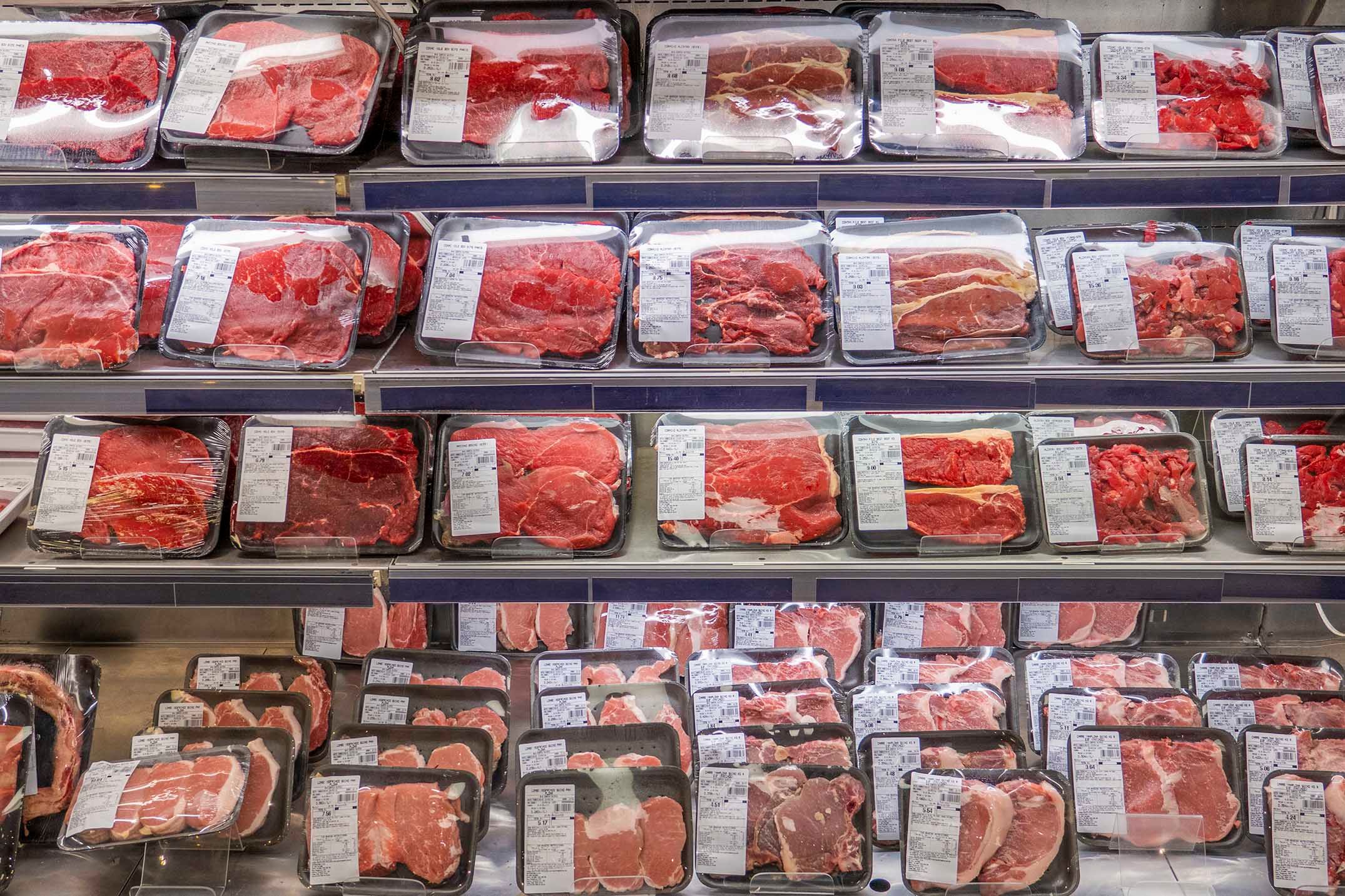Understanding Inflationary Pressures: Effects on Food Prices and the Economy
Understanding Inflationary Pressures
Inflation, the rate at which the general level of prices for goods and services rises, erodes purchasing power. Inflationary pressures impact various sectors of the economy, with food prices being among the most sensitive to changes. Understanding these pressures can provide insight into economic health and consumer behavior.
What Causes Inflation?
Several factors contribute to inflation. The most common causes include:
- Demand-pull inflation: This occurs when demand for goods and services exceeds supply, driving prices up.
- Cost-push inflation: Rising costs of production, such as labor and raw materials, lead to higher prices for finished goods.
- Monetary inflation: This happens when there's an increase in money supply that outpaces economic growth.
Impact on Food Prices
Food prices are particularly vulnerable to inflationary pressures. The cost of food production is influenced by a variety of factors, including weather conditions, transportation costs, and global market trends. When inflation occurs, these costs often increase, leading to higher prices at the grocery store.
Agricultural products can also be affected by international trade policies and tariffs. These economic strategies can add an additional layer of complexity to food pricing, making it difficult for consumers to predict or manage their grocery budgets.

The Ripple Effect on the Economy
Rising food prices can have a significant ripple effect on the broader economy. When consumers spend more on essentials like food, they have less disposable income for other goods and services, potentially slowing economic growth. Businesses may also face higher operational costs, which can lead to reduced profit margins or increased prices for their products.
The impact of food price inflation is particularly pronounced in low-income households, where a larger proportion of income is spent on basic necessities. This can lead to increased financial strain and exacerbate economic inequality.

Strategies to Mitigate Inflationary Effects
To combat inflationary pressures, governments and central banks may employ various strategies, including adjusting interest rates or altering fiscal policies. However, these measures often take time to implement and may not offer immediate relief to consumers.
Individuals can also adopt personal strategies to mitigate the impact of rising food prices. These include budgeting wisely, seeking out discounts or bulk buying opportunities, and reducing waste by planning meals efficiently.
Looking Ahead
While inflationary pressures are a natural part of economic cycles, their impact on food prices and the broader economy warrants attention. By understanding these dynamics, consumers and policymakers alike can better navigate the challenges they pose.
As global markets continue to evolve, staying informed about economic trends and participating in proactive financial planning will be crucial for maintaining stability in an ever-changing economic landscape.
